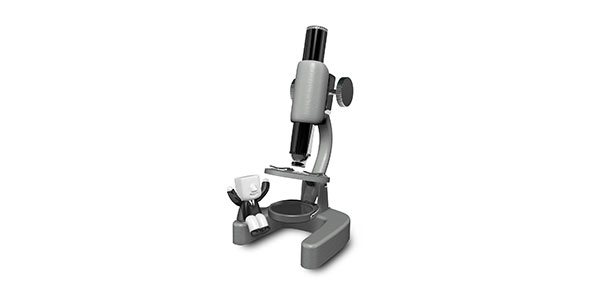Related Flashcards
Cards In This Set
| Front | Back |
|
Clicker
|
A clicker is a small training tool that fits in the palm of your hand. It can come in a variety of colors, shapes, and sizes. Pressing the clicker causes it to emit a loud, sharp “clicking” sound.
|
|
Food Treats
|
• Hard Cookies
• Soft Dog Treats • Freeze-Dried Treats • Soft Human Food |
|
Hard Cookie Treats
|
Most dog cookies are flour or wheat-based. They are typically baked and come in multiple sizes and shapes with convenient packaging such as zip closures or re-sealable containers. When using a dog cookie as a training treat, try to find one that comes in a smaller nugget or break larger cookies into smaller pieces.
|
|
Soft Dog Treats
|
Most dogs find soft treats irresistible due to their strong aroma and chewy texture. They are considered a high-value training treat and work wonderfully as a lure for a new behavior or for jackpotting a perfect performance.
Jackpotting is the rapid feeding of approximately five treats, one at a time, to reward a perfect performance. |
|
Train Me! Treats by Crazy Pet
|
Train Me! Treats are an excellent example of a soft dog treat. They are a
highly desirable, highly palatable, real meat treat specifically
designed to be used for motivating and training dogs. The high meat
content and strong flavor make it very attractive to dogs, thus making
it very valuable for reward-based training.
|
|
Freeze-Dried Treats
|
The basic objective of freeze-drying treats is to remove all water while leaving the basic structure and composition intact. There are two main reasons for doing this:
1. Removing water keeps the food from spoiling for a much longer period of time. 2. The freeze-drying process reduces the total weight of the food treat, which makes it easier to carry and store. |
|
Soft Human Food
|
Human food may be the ultimate reward for finicky dogs! It is usually soft, but strongly scented and works great as a lure for a new behavior or as a reward for an excellent performance of a known cue (such as a perfect recall). Many dogs seem less distracted when using human food as a primary reinforcer (reward). This is especially true in shy or fearful dogs, mildly dominant dogs, and energetic puppies.
|
|
Treat Pouch
|
A treat pouch is a convenient storage bag for training treats. Using a treat pouch enables you to carry your treats with you while keeping your hands free. Your pockets stay clean and you have quick and easy access to whatever treats you bring. There are many different types and sizes (S, M, L, XL) available. The one pictured here has a convenient clip-on feature that slips onto a pocket or a belt.
|
|
Collar selection should be made based on the needs of the individual dog/owner team. Although personal preference does contribute to the selection, it should not be the determining factor.
|
Different collars will produce different results. Sometimes collar
selection should be based on the owner’s physical stature, poor timing
or lack of overall commitment to the training process.
|
|
Buckle Collar
|
Has a metal buckle or plastic clip to secure it around the dog’s neck and has no moving parts for correction.
Usage A buckle collar can be worn everyday and does not have to be removed when the dog is not training. It is the preferred collar for attaching identification and licenses. |
|
Head Collars
|
The concept of a training tool that allows for more effective control of a large powerful animal is not a new one.
Usage Gentle pressure is all that is typically needed to teach a simple cue like Sit or to stop a dog from pulling her owner down the street. Head collars are sometimes marketed as “power steering for dogs.” They are often mistaken for muzzles. There are several different types of head collars. The three most popular ones are the Control Ease ®, the Halti® and the Gentle Leader®. Regardless of preference, head collars are a must for every trainer’s toolbox. |
|
Standard Pinch or Prong Collar
|
The standard pinch collar is made of interlocking metal links; each link has two blunt prongs that are designed to pinch the dog’s skin. The links are attached to each other in a circular fashion and further attached to a circle of smaller interlocking links at the back of the collar. This smaller circle of chain is where the leash is attached (see illustration). When the leash is pulled, the collar constricts, which causes the prongs to pinch into the dog’s skin.
Usage The pinch collar is designed to cause immediate discomfort to the dog, thus suppressing unwanted behavior. Pinch collars should not be used on puppies less than six months of age. |





